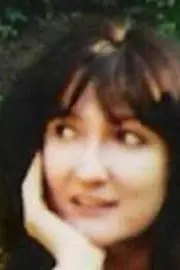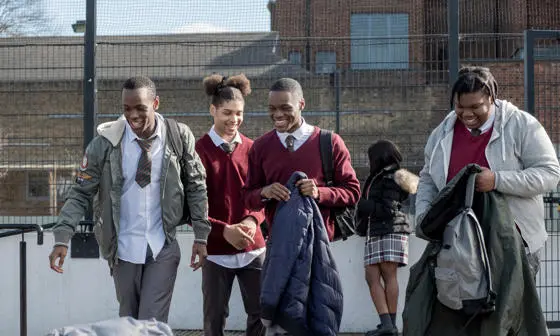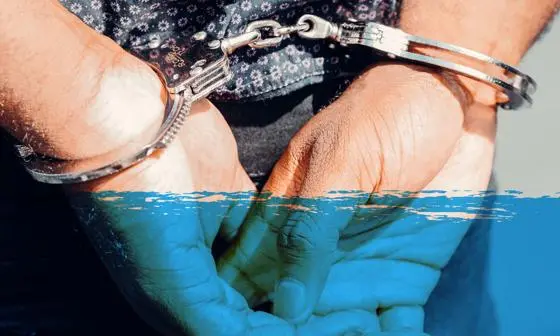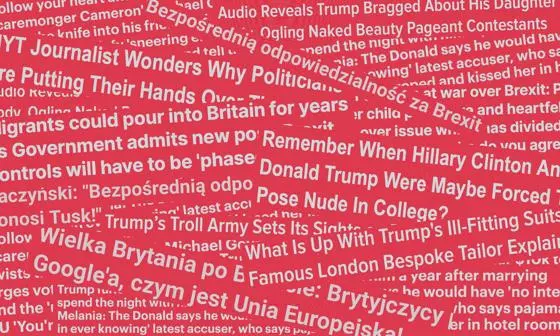Power plays and prejudices: why crime reporting doesn’t always tell the whole story
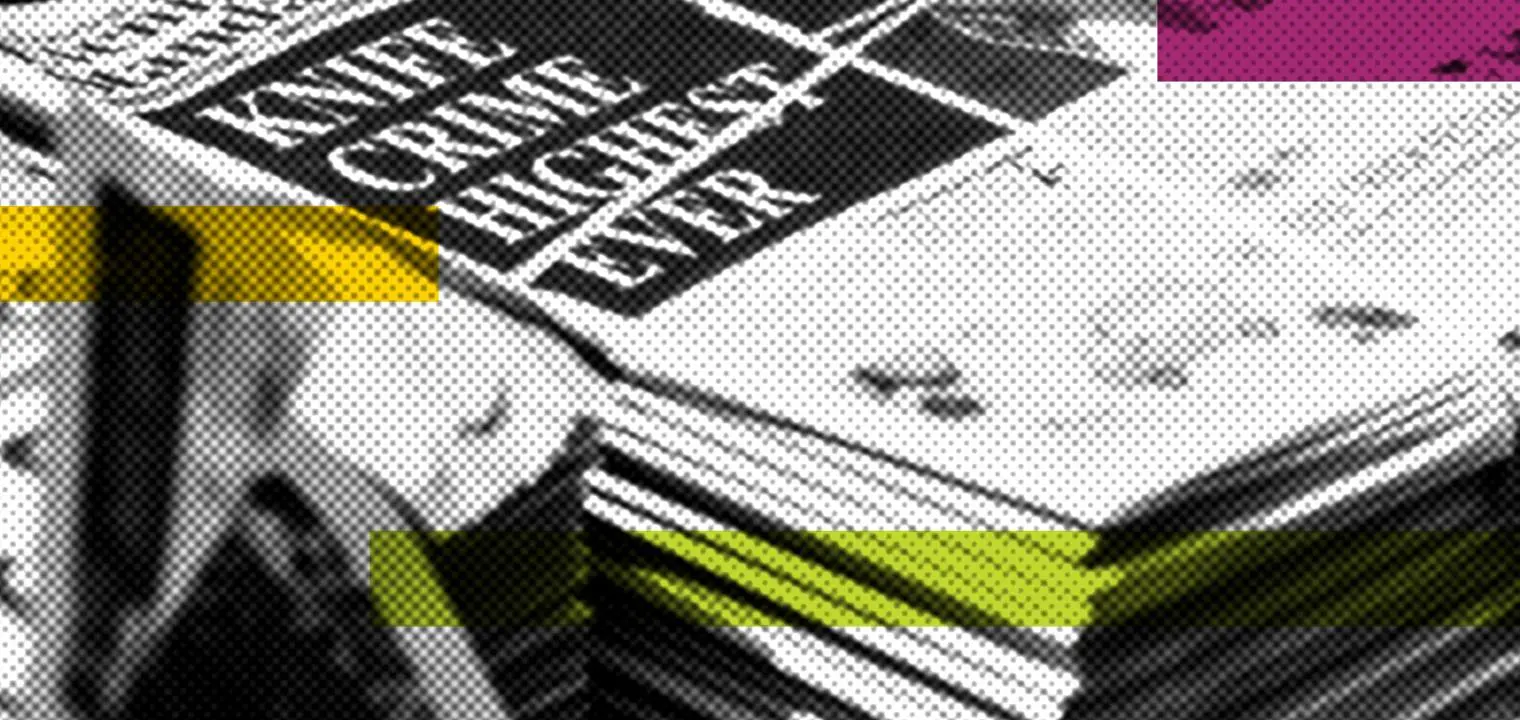
Contents
Before Dr Marianne Colbran began researching policing and the media, she was a television script writer for 13 years, working on popular shows like The Bill and Brookside. It was a natural progression, she says, from telling stories to trying to understand what is shaping how those stories are told.
Now a visiting fellow at LSE’s Mannheim Centre for Criminology, Dr Colbran explores how people of colour and marginalised communities are depicted negatively in traditional crime journalism in her new book, Crime and Investigative Reporting in the UK. She also analyses the impact of the 2011 Leveson inquiry into the culture, practices and ethics of the press following the News of the World phone hacking scandal.
Anybody who thinks they can control the British media is mad. You can't do that.
She explains: "I worked for many years as a staff writer on The Bill, writing crime stories. While recovering from a serious illness I decided to do a part time MSc at LSE which led to a PhD. When I got to LSE, I was fascinated to find this huge wealth of literature on crime drama, all the shows that I'd worked on, but also on crime news. And so, my interest shifted from telling stories to actually thinking about how and why these stories are told."
Defund the crime news: reporting, power and exclusion
She started writing her book in 2020, at the beginning of the first lockdown.
"Two months in, George Floyd was murdered by police officers. And it really shifted my thinking into who determines what is crime news and why so many voices are left out, because there was a great outcry on both sides of the Atlantic.
"There was an outcry to defund the police, but also an outcry to defund crime news. Journalists, as well as media scholars, were talking about how traditional crime journalism often represented people of colour and other stigmatised communities negatively – that they always depended on the voices of experts, such as the police, who weren't always reliable, and that so many voices were just being left out of the discourse."
In her book, Dr Colbran has analysed the post-Leveson shift in power, from the media to the police, by talking to senior police officers and police press officers.
The priest and the Playboy model: appealing to an outlet’s demographic
"What was really striking was that the classic criminological texts from that time talked about the police having all the power pre-Leveson. But the press officers and the police officers I talked to said that wasn't the case. A lot of investigations were unpublished because they just didn't appeal to the particular newspaper’s demographic. For example, one press officer told me about how he'd had two murders, one of a Greek priest and one of a little old lady in this particular London borough and he couldn't get any coverage at all. But the murder of a young woman who had been a Playboy model just ran and ran.
"When I also talked to senior officers, particularly those who are heads of specialist squads, one said to me, ‘Anybody who thinks they can control the British media is mad. You can't do that.’
"The police at that time really didn't feel that they had the power, but pre-internet, journalists were the only way that they could communicate with the public."
This all changed in 2011, when it was revealed that the News of the World had hacked the phone of the murdered schoolgirl Milly Dowler. This led to the Leveson inquiry into the wider culture and ethics of the British newspaper industry, including police bribery. A number of arrests and convictions followed, and the News of the World was closed by its owner Rupert Murdoch.
At a time when the Met’s reputation is at an all-time low, the force has also never had such control over the flow of information to the public or been less accountable.
"The phone hacking scandal led to a clampdown between the Met and the press on all official and unofficial contact. A lot of journalists told me that they were hit very hard because they were no longer getting stories."
This was compounded the following month, when there were riots across London after the death of Mark Duggan, a black man shot by police as they were trying to arrest him.
Social media can highlight the human side of the force
"The riots meant that, for the first time, police forces discovered the benefits of social media, which taught the police and press officers that they could do so much more, more efficiently, without involving media. For example, one press officer told me that they could put up stories of police bravery that would have just been unreported. They could also reach different audiences, people who might not read newspapers, for publicising a knife crime amnesty box, for example. They were reaching people, particularly younger people, through Facebook and Twitter, that they wouldn't have reached if they'd had a story in The Guardian.
"It was also a way of promoting more trust and showing the human side of the force. They could set up web chats with the commissioner. They could set up ongoing dialogues between constables and the public. They could involve the public in ways that they'd never been able to before."
Dr Colbran also charts the emergence of new investigative journalism start-ups. She explores two non-profits in her book, the Bristol Cable and the Bureau for Investigative Journalism and its sister project, the Bureau Local. These are funded by philanthropic grants and donors and give a voice to marginalised communities such as travellers and the homeless, as well as looking at causes and effects of crime. Many of their stories get huge numbers of hits and are picked up by national media.
"They are changing the scope of investigative journalism. They've found a place for themselves, but they're not on the periphery. They're very much changing the journalistic field and changing it for the better."
Although the benefits of bypassing the biases of traditional media are obvious, Dr Colbran says this shift in power to the police has a downside and needs to be addressed.
"Over the last two years, the Met has been dogged by scandal: the murder of Sarah Everard by a serving Met officer; the allegations of ‘institutional corruption’ in the report into the Daniel Morgan case; and the ‘partygate’ investigation into the lockdown gatherings held by Boris Johnson and others at Downing Street.
"At a time when the Met’s reputation is at an all-time low, the force has also never had such control over the flow of information to the public or been less accountable.
"The police do not need to rely on the press to communicate effectively with the public or to convey news about their work. There is a real danger in creating a culture of secrecy; by keeping journalists at bay, are the Met creating an organisation that hides its mistakes and, however inadvertently, allows corruption to go uninvestigated?"
Dr Marianne Colbran was speaking to Joanna Bale, Senior Media Manager at LSE.
Image: Thomas Charters on Unsplash.
Download a PDF version of this article

